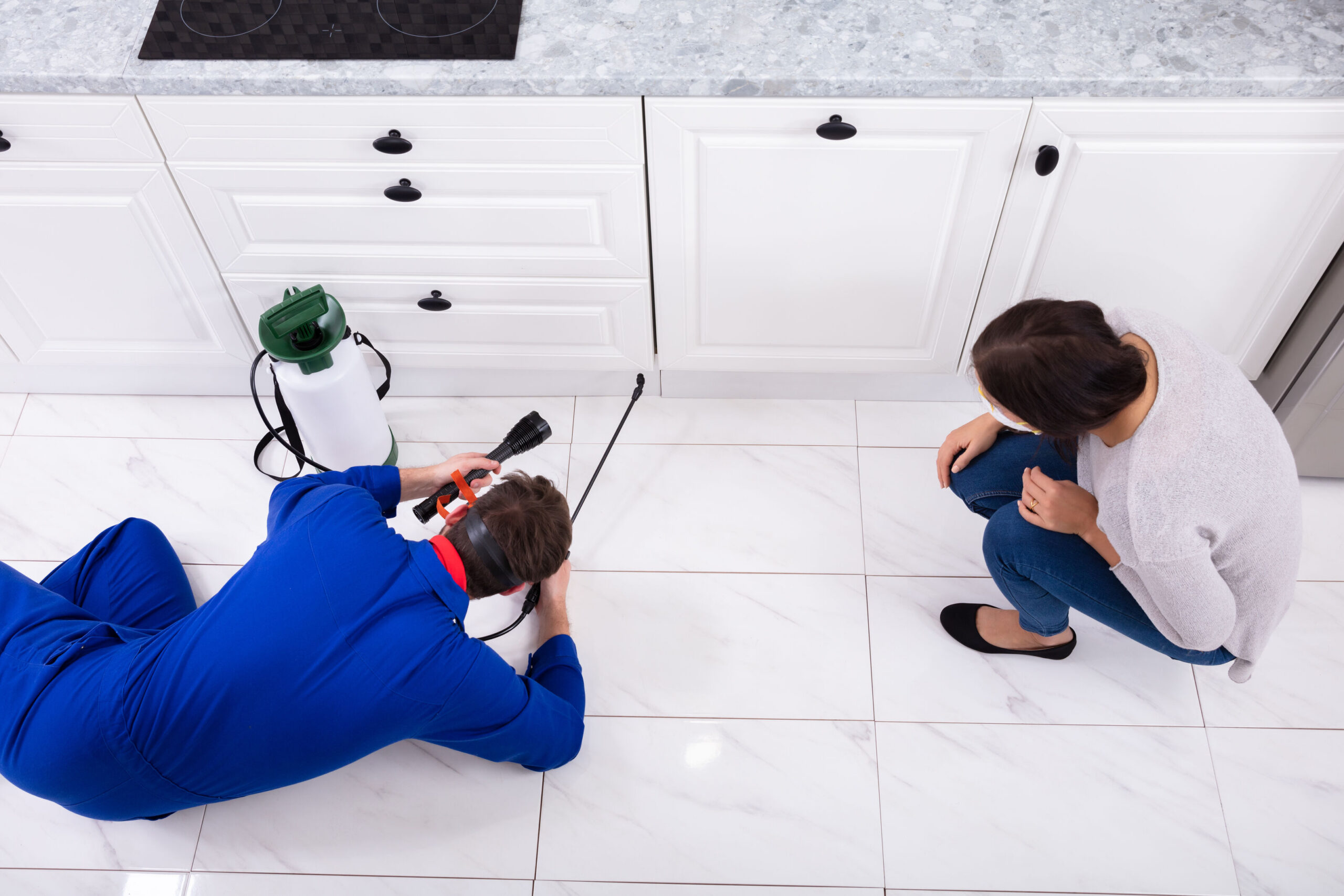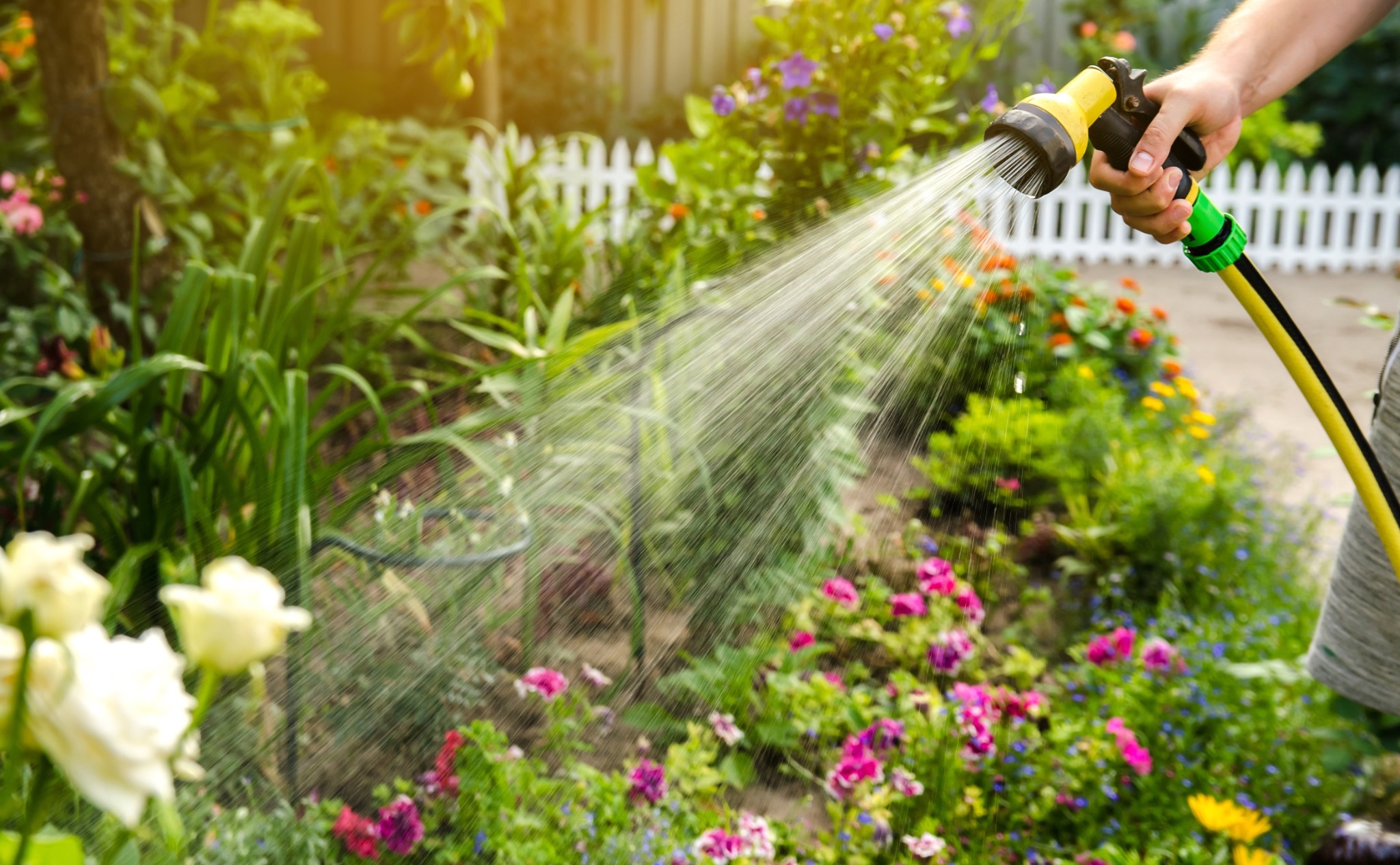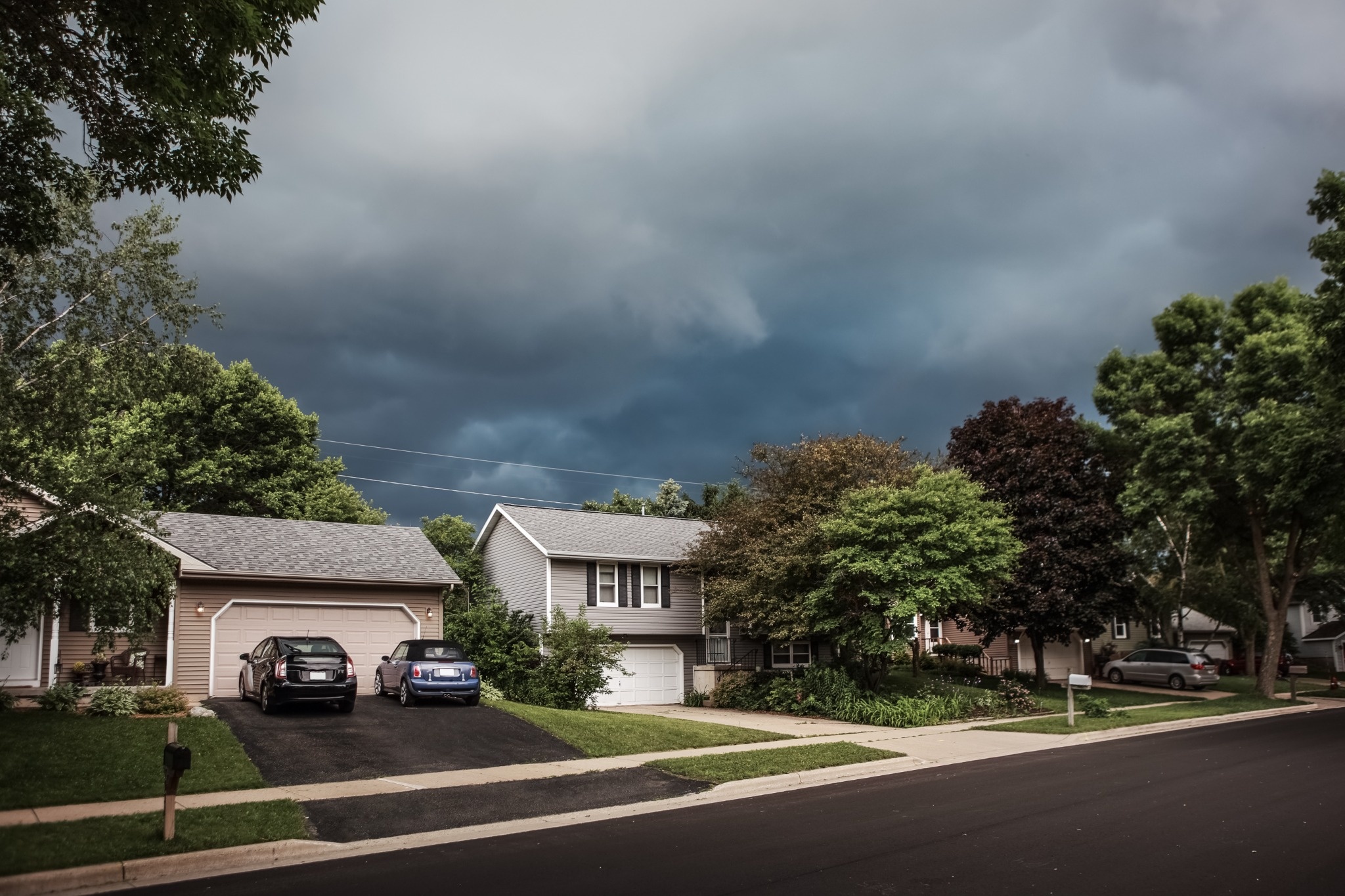Table of Contents
How to Start a Vegetable Garden for Under $50: Beginner Tips for Growing Food on a Budget
Think starting a vegetable garden has to be expensive? Think again. With a little creativity, a strict budget, and some basic know-how, you can grow your own fresh produce without spending more than $50.
Discover beginner-friendly tips to start a garden that saves you money and puts food on your table.

Start Small and Simple
You don’t need a huge backyard or fancy tools to grow vegetables. Focus on what you can manage and expand later.
- Use Containers or Small Plots: Start with 2–3 large containers or a 4×4-foot patch of ground. You can even use repurposed buckets, storage bins, or milk crates.
- Grow What You Eat: Stick to easy, high-yield veggies like lettuce, green beans, tomatoes, radishes, or zucchini. These grow quickly and offer multiple harvests.
- Sun is Free: Pick the sunniest spot in your yard, patio, or balcony—most veggies need 6–8 hours of sunlight a day.
Keeping it small and focused helps stretch your dollars while you learn what works.
Find Free or Cheap Containers
You don’t need to buy brand-new pots or raised beds.
- Repurpose What You Have: Buckets, crates, or storage bins with holes drilled in the bottom work great for most veggies.
- Ask Around: Friends, family, or neighbors may have old pots or planters they’re not using.
- Check Online: Look on Craigslist, Facebook Marketplace, or Buy Nothing groups for free gardening supplies.
You’d be surprised how many containers you can collect for zero cost.
Buy Budget Seeds, Not Seedlings
Seeds are much cheaper than buying starter plants—and they go a lot further.
- $1 Seed Packets: Many dollar stores and garden centers offer vegetable seeds for under $2 per pack.
- Seed Swaps: Join a local gardening group or check community centers for free seed exchange events.
- Start Indoors or Direct Sow: Some veggies (like beans or radishes) can be planted straight in the soil, saving you time and effort.
You can get multiple garden seasons from one packet of seeds, making this one of the best budget buys.
Use Homemade or Free Soil Boosters
Good soil is key—but you don’t need to buy fancy bags of it.
- Compost Kitchen Scraps: Start a small compost bin with food scraps and yard waste to enrich your soil.
- Ask for Free Compost or Mulch: Some cities offer free compost or mulch to residents—check your local public works department.
- Mix Your Own: Combine one part soil, one part compost, and one part sand or perlite for a basic potting mix.
If you’re buying bagged soil, stick to the essentials and buy just enough to fill your containers.
Water Smarter, Not Harder
Water is free, but keeping your plants hydrated without waste helps your garden thrive.
- Water in the Morning: It reduces evaporation and helps plants deal with daytime heat.
- Use a Watering Can or Jug: Repurpose milk jugs or pitchers to control how much water you use.
- Collect Rainwater: Set out a bucket or barrel to catch rain for free, eco-friendly watering.
Smart watering keeps your plants healthy and your budget intact.
DIY Support and Protection
Instead of buying garden gadgets, get creative with what you already have.
- Tomato Cages from Wire Hangers: Use old hangers or scrap wood to build plant supports.
- DIY Row Markers: Label plants with painted rocks, popsicle sticks, or reused spoons.
- Natural Pest Control: Sprinkle crushed eggshells around plants to keep slugs away or plant marigolds to deter bugs.
Small touches like these help your garden thrive without extra costs.
Final Insights
Starting a vegetable garden on a $50 budget is totally doable—even for beginners. By keeping things simple, using what you have, and making smart purchases, you’ll grow healthy, homegrown food and learn valuable skills in the process.
Look into these budget tips and plant your first garden with confidence—your wallet and your plate will thank you.





